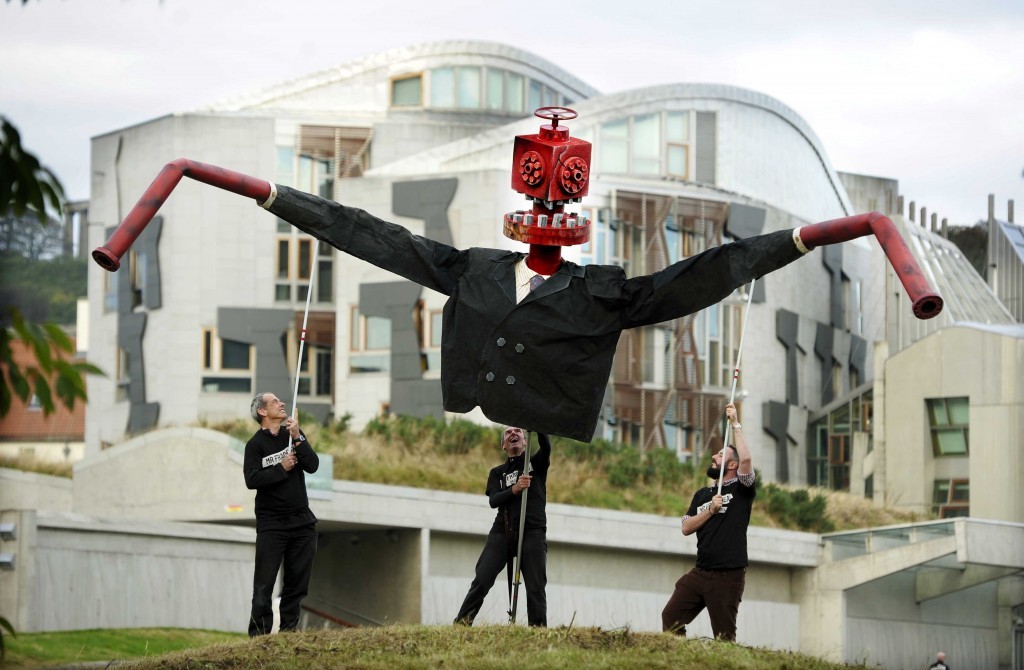
A first land motion map has been created showing movement across Scotland.
It was created by a team of scientists at the University of Nottingham with hundreds of satellite radar images of the country.
The map covers a two-year period from 2015 to 2017 and was created using Intermittent Small Baseline analysis, a satellite remote sensing technique.
It showed that small but significant rates of land motion are occurring across almost the entire landscape of Scotland.
Rural areas were found to be marked by subsidence over peatlands and landslides on steep slopes, while urban and industrialised areas showed the “effects of historical coal mining and engineering work”.
The university team said such maps could inform regulations around fracking and oil and gas production.
Project leader Dr Stephen Grebby said: “Tracking ground motion is also important for a wide range of other applications such as monitoring infrastructure, and this is not just limited to Scotland.
“For example, our wide-area monitoring technique could be used to help identify and monitor ground instability issues along the whole stretch of the proposed HS2 route.
“This would provide information that could ultimately influence the plans for the final route for Phase 2 of HS2, or at least highlight existing ground instability issues that may need to be addressed during construction of the network.”
Subsidence is shown on the map by red and yellow colours, with green representing stable ground across the majority of the country.
The map team said vast lowland and highland peatland areas have shown subsidence, thought to be link to the levels of carbon stored in soils.
Dr Andy Sowter, chief technology officer of Geomatic Ventures Limited, the company that processed the satellite images, said: “If Scotland is to reach its climate change targets, which are currently under scrutiny by the UK Committee on Climate Change, land motion maps like this can provide vital evidence on the health of peatlands and with regular monitoring, the beneficial effect of peatland restoration towards improving the carbon balance.”